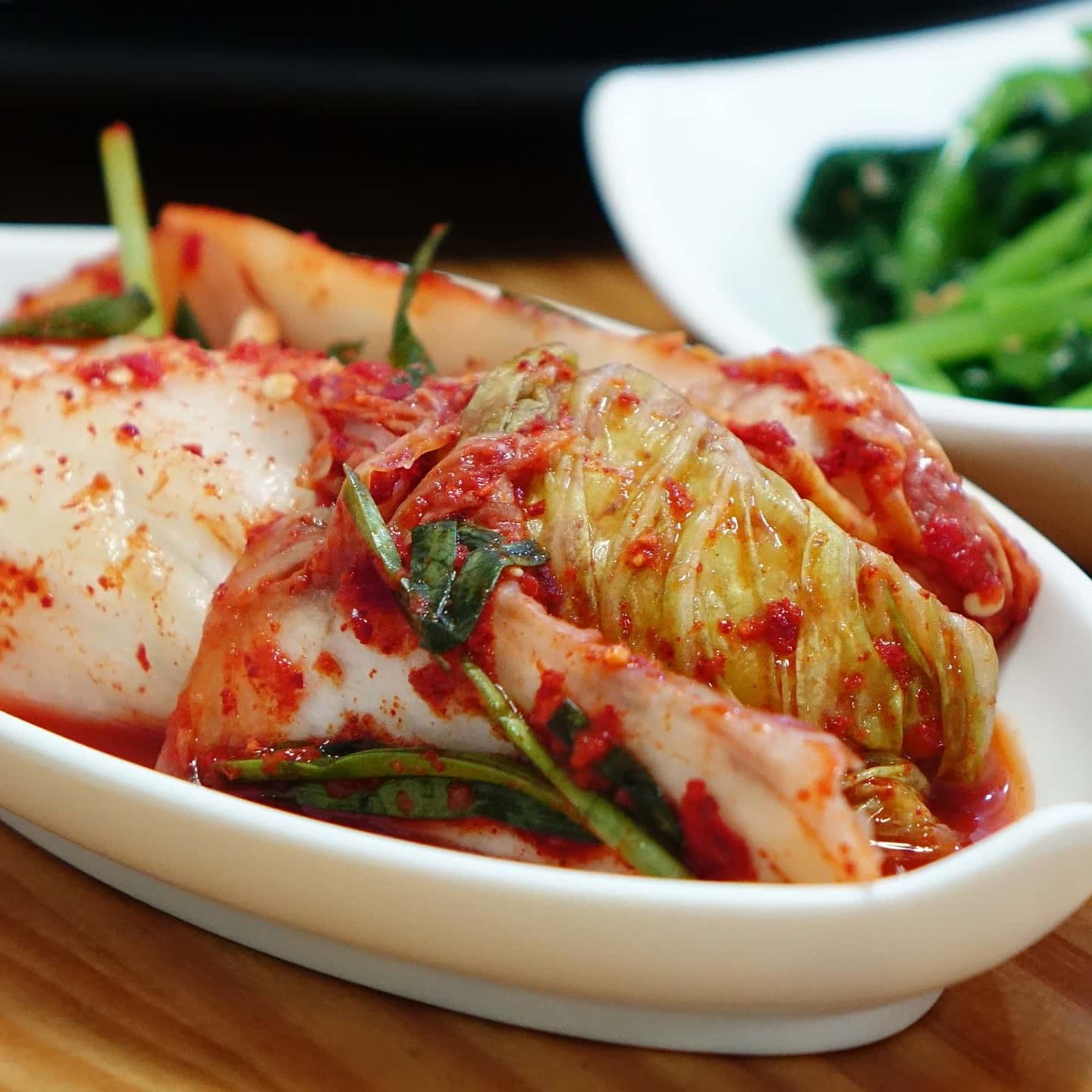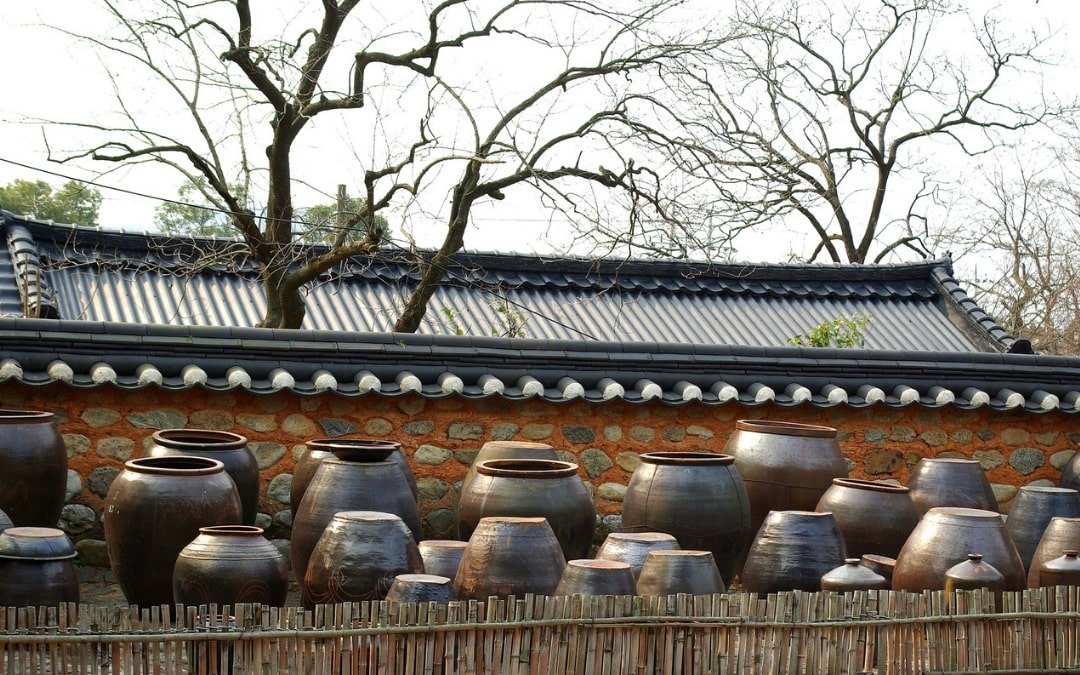“What is this?” I asked as I picked up a reddish cabbage with my chopsticks and stared at it.
“It’s nice, give it a try. No harm anyway,” replied my parents, smiling.
Famous last words if you’d ask me. I took a bite and a sour tang just exploded in my mouth. My face cringed and that pretty much summed up my first experience with kimchi.

Kimchi is synonymous with Korea and Korean culture, right there beside the Kpop tsunami that has swept across the world. At almost every single meal, and I mean every, you’ll spot a small dish of Kimchi amongst the sea of banchan (small side dishes).
Unlike the modern wave of Kpop fandom though, kimchi has a long-standing tradition and position in the Korean culinary world, seeing many iterations and variations pop up over the years.
The signature red colour you associate with the tangy, searing dish with began with the introduction of chilli peppers during the Joseon Dynasty (1392-1910). Brought over by the West, the commercialisation of the chilli peppers resulted in a crafting of an ideal type of kimchi, one that is eaten throughout Korean society today.
What is Kimchi?
At its core, kimchi is a spicy, fermented vegetable usually comprising of cabbage and radishes. Made with a paste consisting of chilli powder, garlic, ginger, red pepper, and sugar, the inclusion of fish sauce gives it that tangy punch.
Part of the reason kimchi has remained a mainstay in Korean cuisine is due to the health benefits it brings to the table. Being low in calories and high in dietary fibre, kimchi is tailor-made for the health junkies of today. One serving of kimchi can also provide you with more than half the required daily intake of vitamins to boot.
The most common version of kimchi we are exposed to, Paechu Kimchi, made with napa cabbages, is but one of 100 varieties of kimchi that includes Kkakdugi (cubed radish), to Oi Sobagi (cucumber) and Gat (mustard leaf).
In the 21st Century, kimchi has evolved from a simple side dish made to combat the health impact of ever-changing weather, to being the central ingredient of very wholesome dishes ranging from Kimchi Fried Rice to Kimchi Stew.
Battling the Seasons
The concept of fermenting food, and in this case kimchi, harkens back to our intrinsic human need of food for survival. This plays out especially during winter where it can get quite harsh in Korea. It hence necessitated a way to preserve food for consumption when farming becomes impossible.
Kimchi was initially dipped in salt in a pottery jar before being placed underground to ferment further. Its durability and nutritional benefits made the making and storing kimchi a common practice for all families and businesses.
This process of fermenting kimchi has been passed down from generation to generation and has seeped into the blood of many Koreans. Every November is pickling season, and Koreans set out to prepare a brine for kimchi fermentation. This tradition has netted Korea a coveted spot on the UNESCO Intangible Cultural Heritage of Humanity List.
If that wasn’t enough, there are countless festivals such as the Seoul Kimchi Making and Sharing Festival. There’s even a museum, Museum Kimchikan, which is dedicated solely to all things kimchi.
Such a deceptively simple vegetable dish has its roots dating back to a bygone era, with an enduring legacy and influence that stretches across all strata of Korean society, and even the world.
So the next time you’re taking a photo in Korea, say “kimchi” instead of “cheese”, because kimchi isn’t a mere side dish or ingredient in Korea, it’s a way of life.




